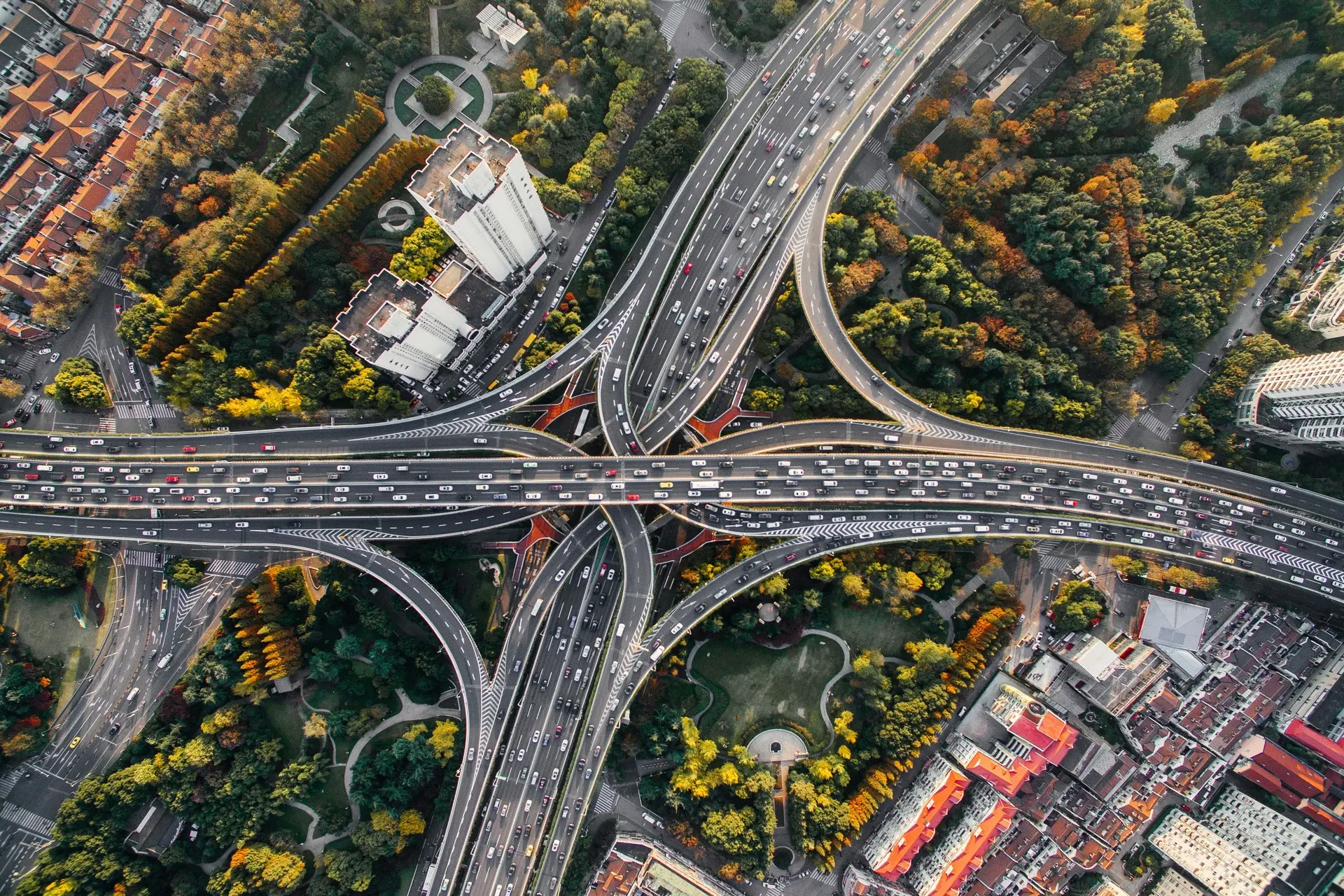Connected farming in agriculture encompasses a wide assortment of high-tech options to promote growth, streamline maintenance and facilitate overseeing. The Internet of Things (IoT) factors heavily into these improvements.
Many of them will likely change farming for the foreseeable future. Here are some recent fascinating developments in the world of connected farming.
Farmers Engage in Less Guesswork
Agricultural professionals know a variety of factors could affect a season’s yield, the taste of crops and other aspects that directly tie into profitability. However, researchers at the Massachusetts Institute of Technology (MIT) are using a variety of technologies to decrease the uncertainty associated with a career in farming.
One recent effort involved depending on machine learning to create the best-tasting basil. The researchers discovered the optimal amount of volatile compounds, which affect how the leaves taste. They used algorithms to find out how much light the leaves required.
The MIT group wants to promote data sharing, and indeed, urging farmers to become more dependent on collected information is one of the foundational elements of successful connected farming.
A company called Arable offers a collection of IoT tools that make it easy and efficient to compile accurate and useful information. One of its products, called the Mark 2, collects both crop and weather data. The statistics captured by the sensor help users make decisions about irrigation, pest management and more.
The results do not negate the need for a person to rely on their experience before taking action. However, they reduce the instances of farmers potentially making mistakes that could dampen the success of a growing season.
Technology Allows Remote Monitoring
Having access to regular updates about crop growth rates and overall health empowers farmers to make prompt decisions and stave off catastrophes.
The traditional ways of keeping an eye on-field activity proved time-intensive, however. Agricultural professionals initially accomplished the task by hand, then progressed to using satellite imagery to help. Even those images were only two-dimensional or 3D reconstructions at best.
A multi-institutional team working in Georgia engineered something more effective that autonomously gathers higher-quality images via computer vision. The scientists built an algorithm process data, then taught it to work with sensors mounted to a conventional farm tractor. The team took information across 89 days and 23
sessions, giving results featuring 36 million data points.
Seeing that kind of information in a single place saves time, plus increases knowledge. Advancements like these could change the future of farming because growers don’t need to wait to notice a major issue before acting.
They can get alerts about minor changes that may warrant concern, then take decisive measures to reduce the possible problems.
Smart Robots Assist With Necessary Tasks
Intelligent and purposeful robots are also making waves in the connected farming sector. Many of these solutions enhance efficiency while maintaining high standards of quality and excellent precision.
If these robotic options meet expectations, they could substantially benefit agriculture operations burdened by labor shortages.
One company called FarmWise built weeding robots to keep fields tidy. The machines have plucked weeds from more than 10 million plants so far. The brand believes its technology gives crops the best chances to thrive while cutting down on chemical applications.
A similar collaborative effort from Bosch and xarvio Digital Farming Solutions of BASF involves a product called Smart Spraying, set to arrive on the market in 2021. Connected sensors and cameras attached to an aerial sprayer only require milliseconds to locate weeds, differentiate them from crops and dispense an herbicide.
Famers using the Smart Spraying application can access a dedicated interface that shows the status of each field targeted with the system. The technology also offers recommendations for individual fields, as well as zones.
These are just some of the many examples of robotic equipment assisting with tasks that formerly took a long time to achieve and needed a substantial workforce to get done on time. As more options like these arrive on the market, agriculture workers should find they can get more done with less effort.
An App Disrupts Traditional Farming Commerce
Connected farming also promises to upend the usual ways farmers make money for their efforts and purchasers obtain the produce they want.
One example concerns a software development team that created the KROPS app for farmers in the Philippines. It’s a mobile application based in Microsoft Azure that lets farmers display what they have to sell and connect with people who are ready to buy it.
Jomar Guerinia, who uses the app as a farmer, explains, “Now I’m able to sell my produce on a level playing field where a handful of buyers don’t control everything. Now I have all kinds of customers buying my produce from many different places because of my visibility within KROPS listings.”
Buyers and sellers can then communicate with each other to arrange deliveries of the items or iron out additional specifics. The app also allows people to see how demand fluctuates across a given period. Such information aids in setting fair, yet competitive prices.
Connected Farming Propels an Exciting Future
These examples show why people are so eager to see how connected agriculture might remove obstacles and boost production, among other perks. Such technology could bring farmers closer to the ultimate goal of keeping the world fed with nutrient-rich choices.
Recent Stories
Follow Us On
Get the latest tech stories and news in seconds!
Sign up for our newsletter below to receive updates about technology trends




